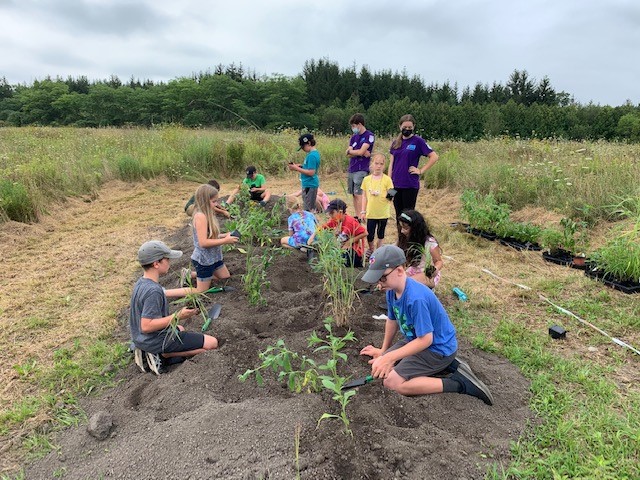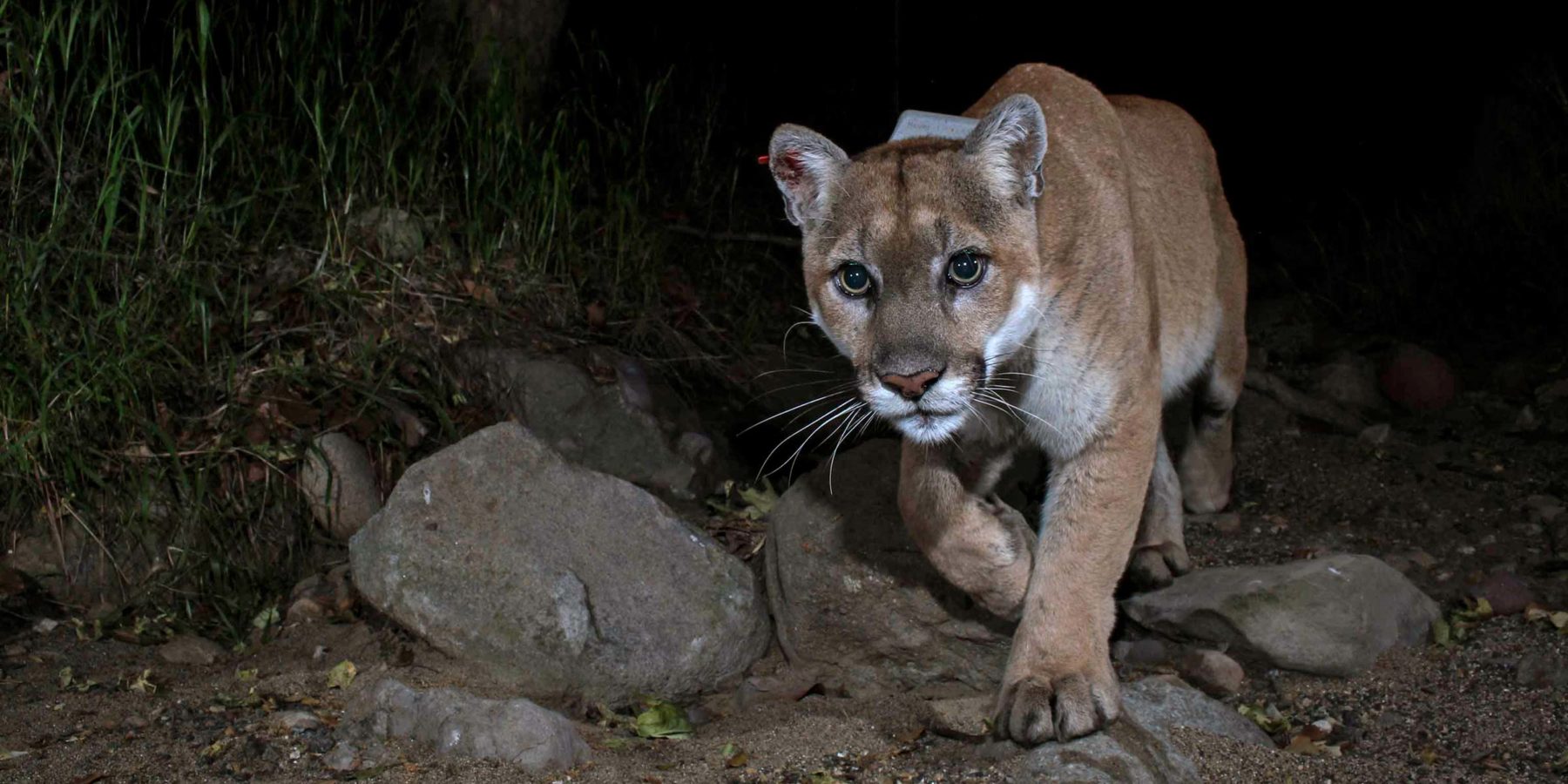Conservation as a Uniting Force
As a leading conservation organization, the National Wildlife Federation is active across a broad array of issues. The breadth of our work reflects the breadth of threats confronting fish and wildlife and it has never felt more important as treasured and unknown species alike face mounting pressures. Habitat degradation and fragmentation, the spread of zoonotic diseases and invasive species, and the impact from extreme weather events mean more than one-third of all species in the U.S. face an increased risk of extinction in the coming decades.
In pursuit of our mission and our goal to ensure we protect our outdoor heritage for future generations, we have worked diligently to bring everyday people and political leaders together to find solutions that will help conserve wildlife and make communities stronger.
Jill Feldhusen
From breaking ground on the historic Wallis Annenberg Wildlife Crossing and securing funding in the bipartisan infrastructure law that supported the development of wildlife crossings, to advancement of the historic and completely game-changing Recovering America’s Wildlife Act, the National Wildlife Federation continues to show that wildlife conservation is a uniting force.
of protected land
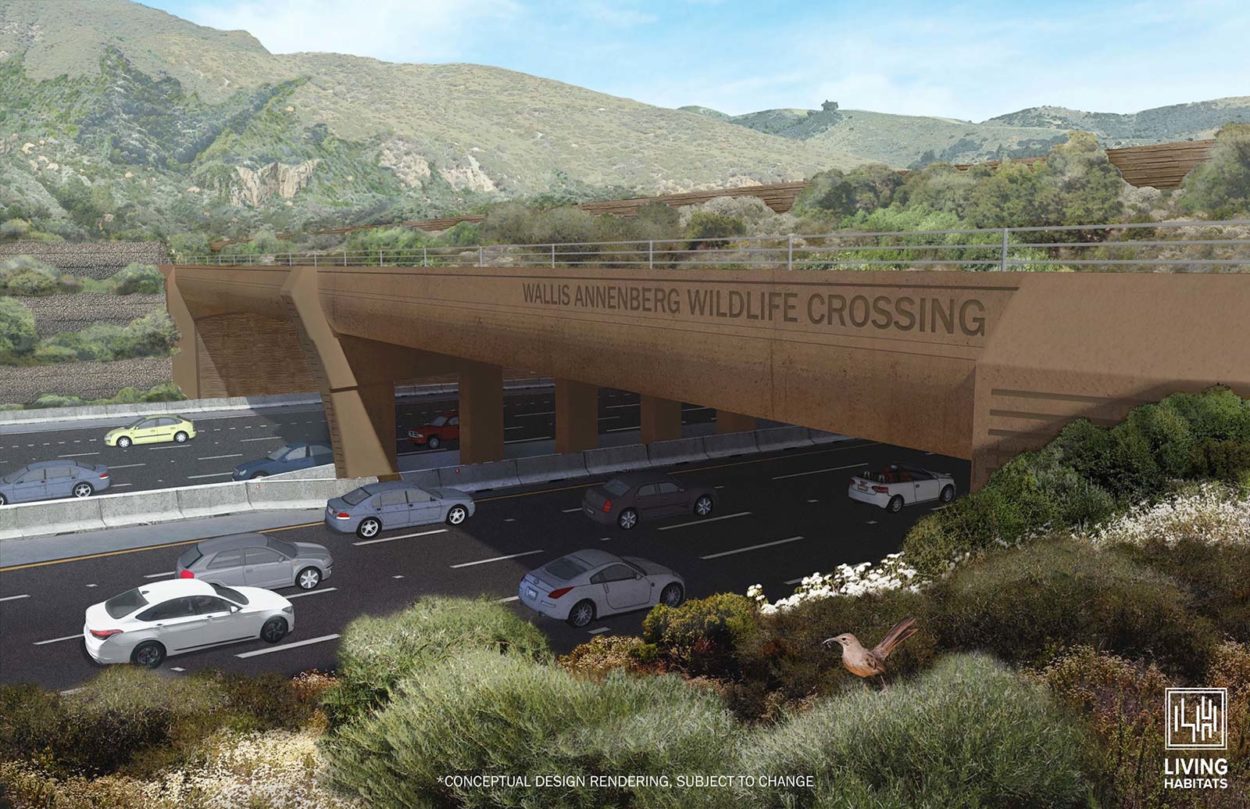
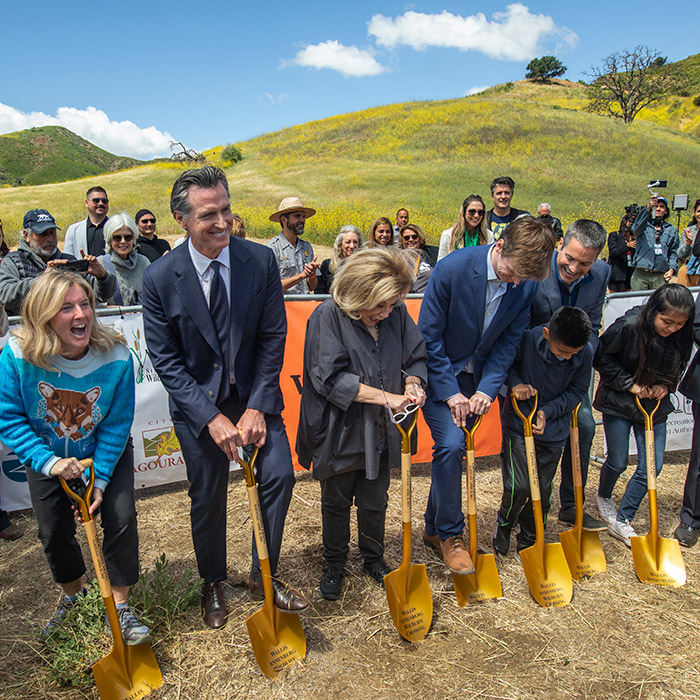
New Mexico Hunting Regulations Translated into Spanish
New Mexico has a rich hunting and angling heritage that connects people to nature and the outdoors. But the state’s hunting and fishing regulations were only in English. We partnered with HECHO (Hispanics Enjoying Camping, Hunting, and the Outdoors) to work with the NM Department of Game and Fish to translate the Hunting Rules and Information Booklet into Spanish. The translation allows Hispanic New Mexicans to avoid misinterpreting the rules and to apply for licenses for big game and turkey hunts. Translating these rules and regulations is a win-win for all New Mexicans and enables Hispanic New Mexicans to practice a centuries-old tradition that puts food on the table.
Photo Credit: Garrett VeneKlasen
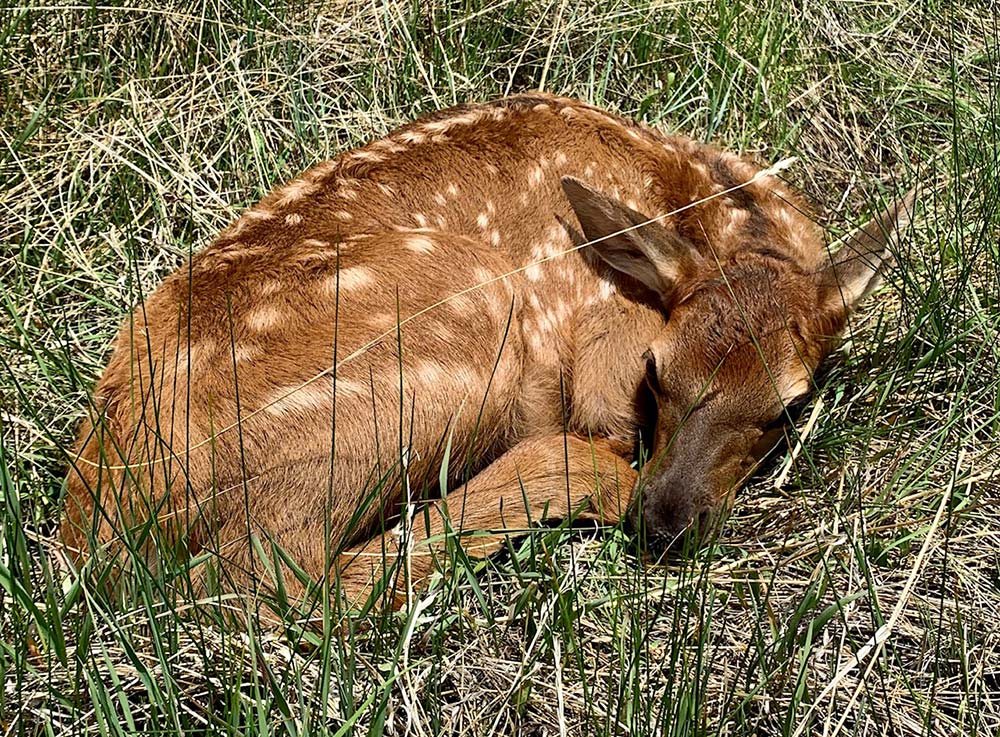
Acreage Transfer on the Wind River Reservation Restores over 150 Buffalo to Tribal Land
Buffalo are critical to the food sovereignty of the Eastern Shoshone and Northern Arapahoe Tribes.
In 2022, the Federation partnered with the two Tribes to facilitate the repatriation of thousands of acres on the Wind River Reservation in Wyoming to bring back more than 150 buffalo to Tribal lands. The project also engaged one thousand Tribal youth to learn about and foster connections to buffalo culture and ecology. This effort represents a continuation of the Federation’s commitment to support the economic, ecological, and cultural restoration of Indigenous communities across the country.
Photo Credit: Garrit Voggesser
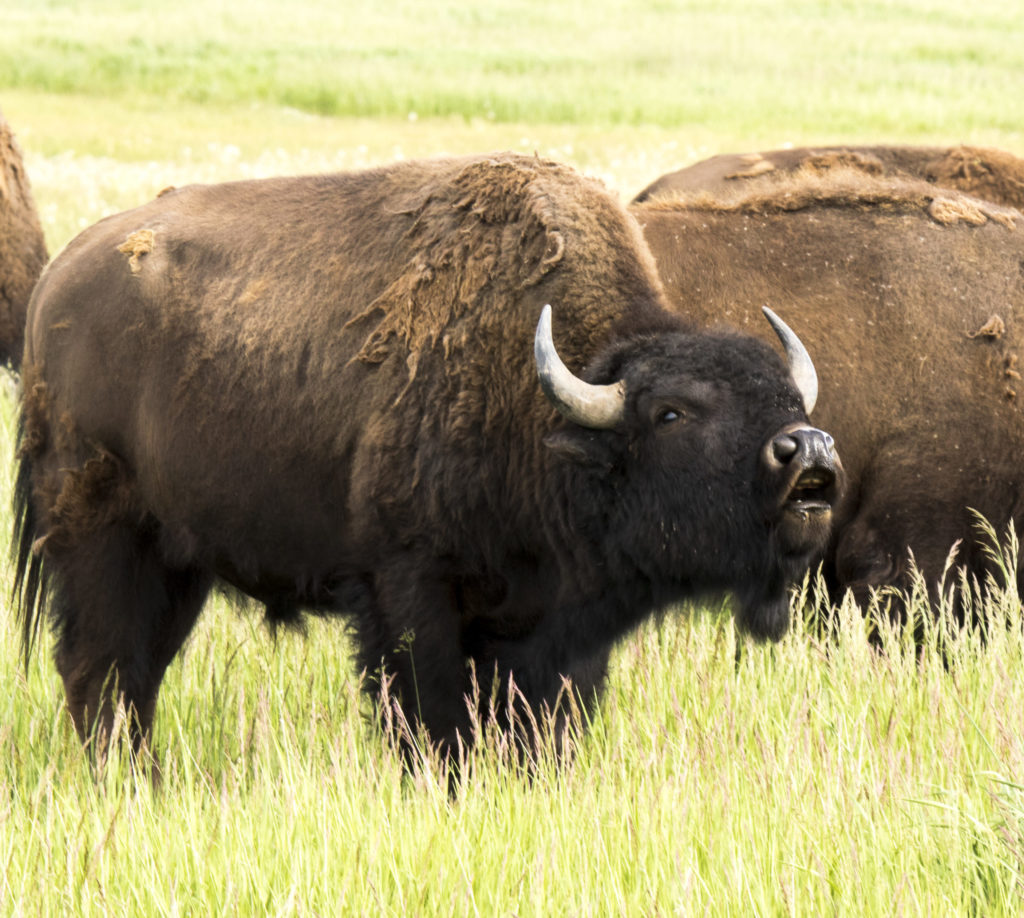
Groundbreaking on the Wallis Annenberg Wildlife Crossing
The Los Angeles highway system has long been a nightmare for drivers. But the area’s freeways and interstates have also created deadly barriers and islands of habitat that can genetically isolate wildlife—from bobcats to birds to lizards. In April 2022, construction began on the Wallis Annenberg Wildlife Crossing above the 101 Freeway along a 1,600-foot stretch of land where protected areas lie north and south of the freeway. The wildlife crossing will span over ten lanes of freeway and an access road and will re-establish ecological connectivity for a multitude of native plant and animal species in the Santa Monica Mountains ecosystem. This visionary structure will preserve biodiversity, connect an integral wildlife corridor, and most critically, help save an imperiled local population of mountain lions from extinction. When complete, the crossing will be the largest in the world and the first of its kind in California.
Photo Credit: Courtesy of National Wildlife Federation
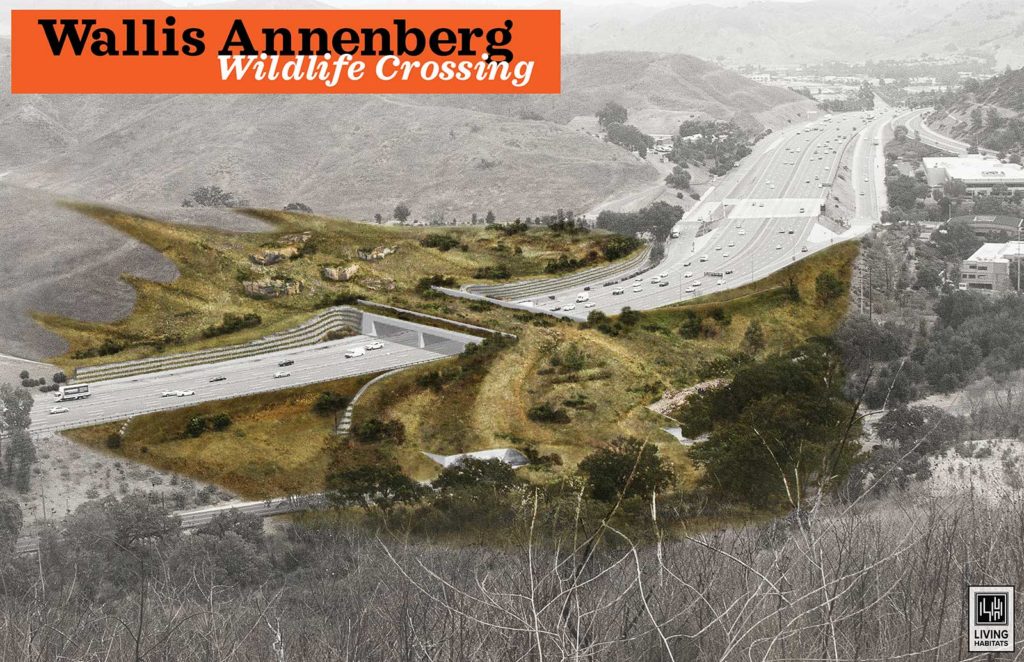
Mayor’s Monarch Pledge Passes 1,000 Pledges
Habitat loss, pesticide exposure, and climate change have contributed to the rapid decline of the migratory monarch butterfly many other native pollinators across the country. The Mayors’ Monarch Pledge engages mayors and other heads of local government across North America to commit to actions that help create safe havens for monarchs and to educate and engage residents. In 2022, the program set a single-year record with 345 pledges signed, bringing the total to over 1,200 pledges since the program began in 2015. Increasingly, the program and its communities have focused on the cultural significance of the species through monarch butterfly festivals, community art projects and other celebrations of the monarch’s miraculous fall migration. Since its start, the program has reached over 7.5 million people in wildlife conservation and enhanced or restored nearly 9,000 acres of habitat.
Photo Credit: Kathryn Mclellan
